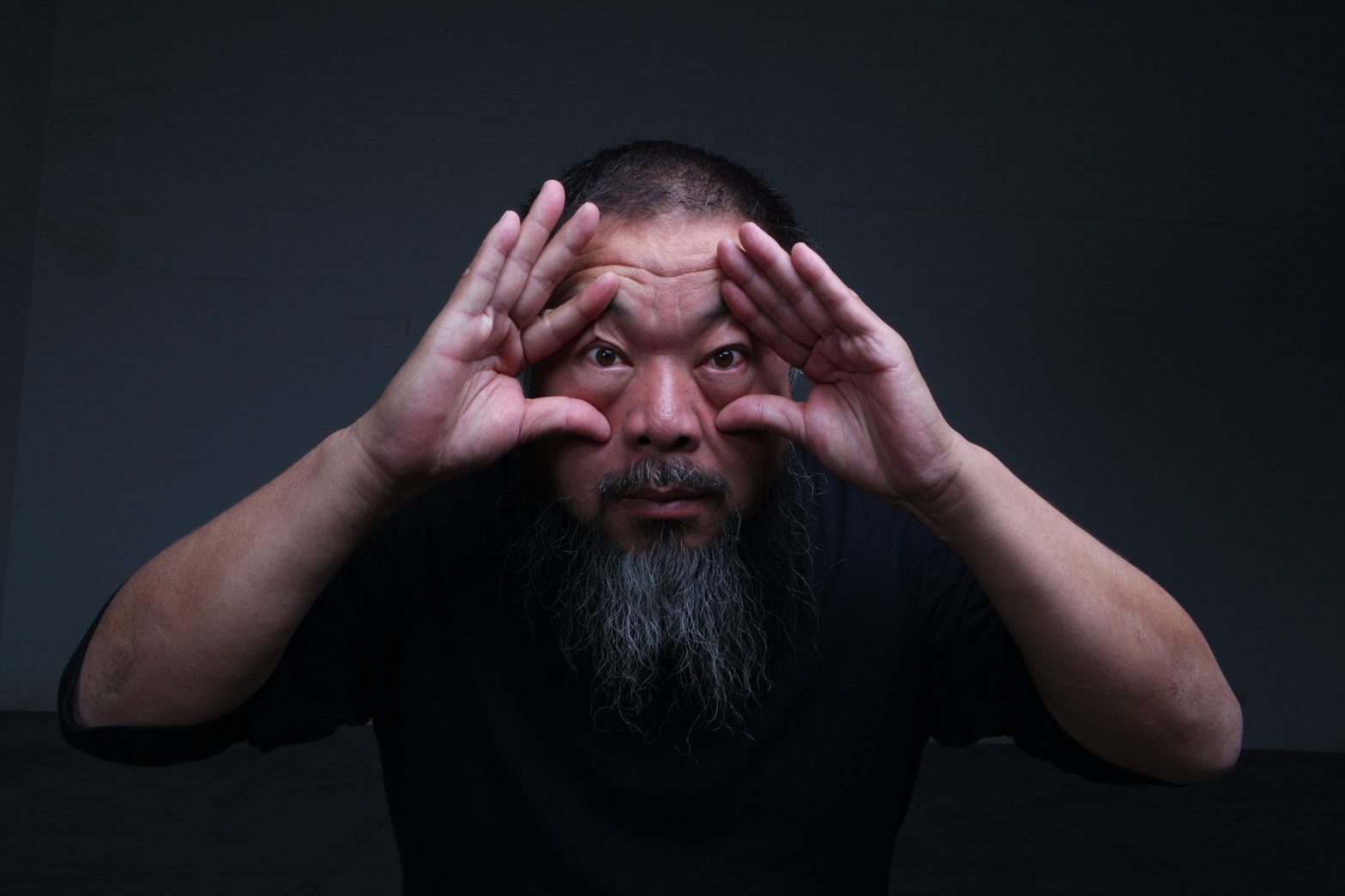Ai Weiwei on exhibition in Berlin
Berlin is now one of the great European capitals of culture: lively but still inexpensive, majestic but with a characteristic and people-oriented community life. If there were an ideal event to consecrate Berlin as a city of art, that would be the exhibition of the Chinese artist Ai Weiwei.
The Martin Gropius Bau, one of the city’s most important exhibition centres, is now showing “Evidence”, one of the main exhibitions for this dissenter who represents a key figure of contemporary art today. Ai Weiwei has been unable to attend in person: his passport has long been in the hands of the Chinese government, forcing him to live in something like a state of imprisonment. And so, even his new studio in Berlin is destined to remain empty: symbol of a China that is keen to make contact with the West, for now only possible in a very limited way.
This is why the exhibition is so important: the German decision to spotlight a very political artist gives us a precious opportunity to compare ourselves with China through Ai Weiwei’s artwork. The topic is a very current one, and the artist’s work talks to us without bias, open to all possible interpretations, as is typical of contemporary art.
And so the precious urns of the Han dynasty, a big hit which this time Ai Weiwei has dipped into the colours of BMW and Mercedes, brands so in vogue now in China. An irreverent smile to Germany who is hosting the exhibition: what does this suggest? An ancient culture which is losing its value to keep up with the fads of consumerism? And how should we interpret this work compared to his “Dropping a Han Dynasty Urn”, dated 1995, in which he photographed himself in the act of dropping another precious Chinese antique?
That is what I like about contemporary art: the artist puts forward a theme and the possible refractions of meaning give life to it without defining its boundaries.
